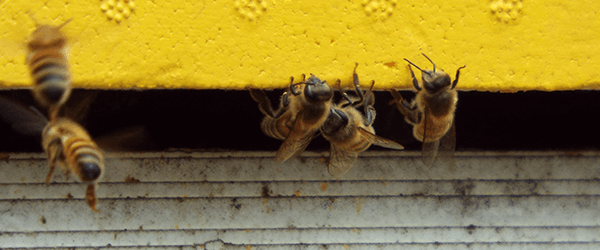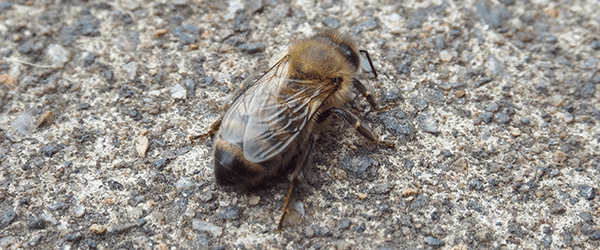Most people have heard that honeybee colonies are in decline, sometimes through a condition called Colony Collapse Disorder (or CCD). Few people understand the concept and even fewer realise that CCD is but one of the challenges facing apiarists and that it has multiple causes.
A highly specialised parasitic fungus, otherwise known as a microsporidial pathogen, exists as spores that honeybees can pick up. Once digested the spore grows a filamentous tube into the gut wall of honeybees, causing dysentery, weakness and flight inability, with subsequent reduction in life expectance, ultimately leading to colony depletion.

Two species of Nosema are known to affect honeybees: Nosema apis originally the only microsporidial pathogen in western honeybee colonies and Nosema ceranae a recent introduction to western honeybee colonies from Asia. These tiny micro-organisms cause a condition known as Colony Dwindling Syndrome (CDS).
This is not a new phenomenon, but it results in a gradual but progressive loss of honeybee workers from the colony leading to a decline in colony productivity. Weakening of the colony leads to other issues, such as brood loss and further disease. Too few bees will finally lead to colony collapse.
So the question is raised, is CDS at the root of CCD? The answer is that probably not on it’s own, as scientists have grown to realise that CCD is a complex array of issues, resulting in the demise of hive colonies. Invertebrate Iridescent Virus, or IIV6, is also found in hives that have suffered CCD and it would appear that neither Nosema alone nor IIV6 alone result in CCD, but together, they sometimes do (although the ability of IIV6 to infect honeybees is also debated). Even so, this co-infection is unlikely to be the only cause of CCD.

Dealing with Nosema alone is an important issue, so how do we control Nosema infection? Well, first and foremost must come good husbandry – healthy bee colonies, well fed and lacking other disease elements are far less likely to succumb to Nosema infection. Effective systems of comb renewal are also important in maintaining strong colonies. Doses of the antibiotic fumagillin (sold as Fumidil B) is prescribed in the autumn feed for affected hives.